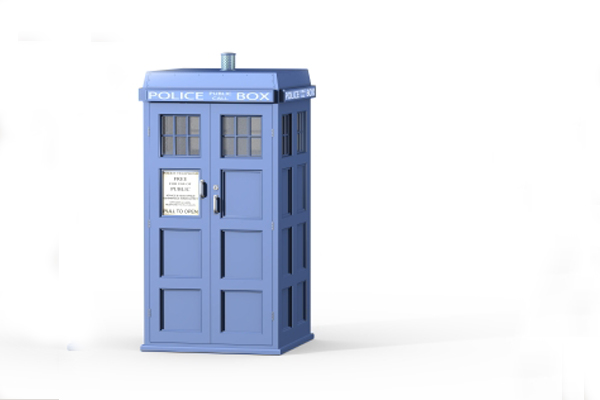Faster than Light?

The possibility that scientists have clocked sub-atomic particles at faster-than-light speeds has the physics world buzzing. If true, the discovery would at the very least open up the possibility of time travel. But are the results likely to be repeatable, or were they just a fluke?
We asked NC State physicist Dean Lee to offer his thoughts on the European experiment.
“The possibility of neutrinos traveling faster than the speed of light in a vacuum would be more than sensational for physics. Everything we know about relativity would be put on its head, and all of the science fiction paradoxes of time travel into the past would be in play.
“However this extreme scenario has already been ruled out. This comes from the observation of a burst of antineutrinos from a well-known supernova in 1987 (SN 1987A), which traveled a distance of 168,000 light years to earth and arrived three hours prior to the visible light signal. While it may seem amazing, this outcome was expected, given the sequence and timing of events within the supernova itself.
“So this leaves two other possibilities. The mundane explanation for this amazing result by the OPERA collaboration is that the error was underestimated. They had to calculate the time of flight for light over 450 miles from CERN to the underground Gran Sasso laboratory. One can’t just shoot a laser beam through 450 miles of earth, so their calculations had to take these small variations into account. Also the production and detection of neutrinos is a low probability event, and so you have to produce a large ensemble of neutrinos, and the production itself can complicate timing calculations. The OPERA collaboration did a thorough job tracking down all possible systematic effects. But there are many small effects to consider including the earth’s gravity, the sun’s gravity, the earth’s rotation, seismic shifts, modifications to the time-shape of the neutrino pulse, etc. This is why confirmation by a similar experiment, for example, in the U.S. or Japan, would be crucial.
“If the mundane explanations are ruled out by clear confirmation in other experiments, then the more exciting possibility is that the flight track which neutrinos take is actually different from that of light. The path which light takes is actually curved due to the effect of gravity. So this would hint at some unusual gravitational properties of neutrinos or perhaps unknown fundamental forces or physics at work.”
- Categories:


